The Rybinsk Reservoir, often called by Russians the Rybinsk Sea, is a reservoir on the Volga River, formed by the Rybinsk Hydroelectric Station dam. At the time of its construction (1935-1947), it was the largest man-made body of water on Earth. It still continues to rank among the largest artificial waterways with a surface area of more than one million acres.
When I was 19, I took a cruise along the Volga River.

We were crossing the Rybinsk Sea late at night. The endless water surface was illuminated to the horizon. Thousands of multicolored lights mounted on buoys were spread over the manmade sea, appearing as though stars in the sky. It was a breathtaking, mesmerizing view.
I was young, naïve and enthusiastic. I believed in social and technical progress, and, as I was taught, in its inevitable result: victory of Communism in the world. The view of the sea, full of lights, created by humans, filled my heart with tremendous pride for humankind.
Rybinsk Reservoir was built as a necessary part of Volga-Baltic Waterway,
an expansive system of canals and reservoirs connecting Moscow to St. Petersburg, all the way to the Baltic Sea. Also, as World War II was approaching, energy was required for the defense of Moscow. The Rybinsk Hydropower Station was built to provide that energy.
After the fall of Communism, Russians discovered a lot of information about how the Rybinsk Sea was created. They learned that Some 150,000 people had to be re-settled elsewhere, and the historic town of Mologa, along with 663 villages and about a hundred churches and six monasteries, had completely disappeared under water.
Among them was one of the biggest and most famous Russian convents – Leoshin Convent – a home of 700 nuns.
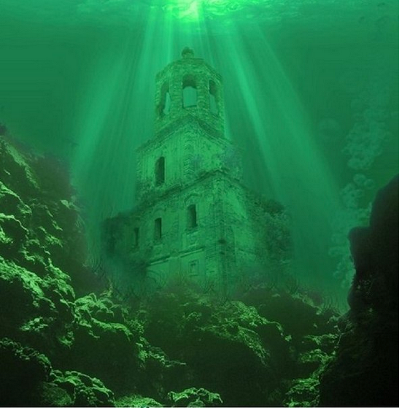
Up to the moment of liquidation, the city lived a full life. There were six cathedrals, nine schools, and several factories. The residents had not been told what was about to happen.
Gulag prisoners were brought to the area. They worked day and night, demolishing the city and building the waterworks.
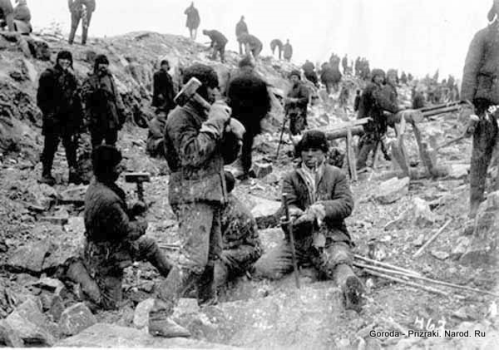
The prisoners died by the hundreds. They were buried in a common pit in the future seabed.
In this nightmare, residents were told to take only what they needed most and go to be resettled. Two hundred ninety-four locals refused to be evacuated and remained in their homes. Builders began the flooding knowing that.
After some time, there was a wave of suicides among former residents of Mologa. Whole families were coming to the banks of the reservoir to drown. Rumors of mass suicides spread to Moscow. It was decided to evict the remaining residents of the region to the north, and the town of Mologa was deleted from all the Russian documents, as if it had never existed.
Mentioning it, especially as the place of birth, resulted in arrest and prison. The city was converted into a myth.
After perestroika this myth became a subject of many articles, books and films.
In November 2003 the first monument to the victims of the flooded Mologa was built entirely by private donations. It is a chapel in the memory of those who chose to drown and to those who died building the Reservoir. The chapel was named “Mother of God-on-the-waters”.
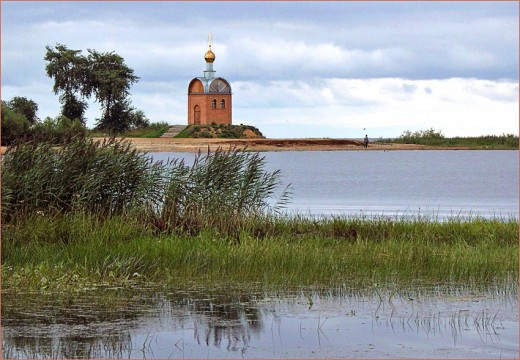
In 1999 a new tradition emerged. Every year believers arrive for prayer at the Reservoir’s shore near the place where the Leoshin Convent disappeared under water. They call it Leoshin Standing.
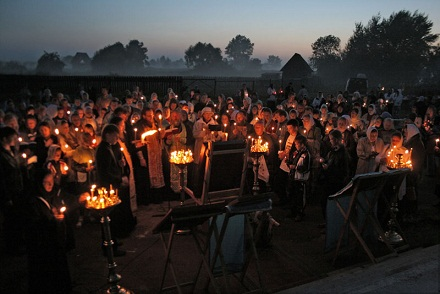
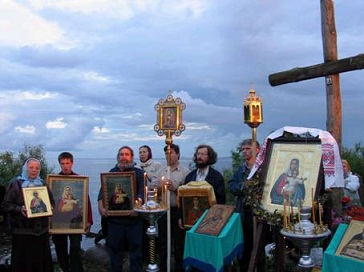
Over the years the Reservoir started drying and several old churches now protrude above the water.
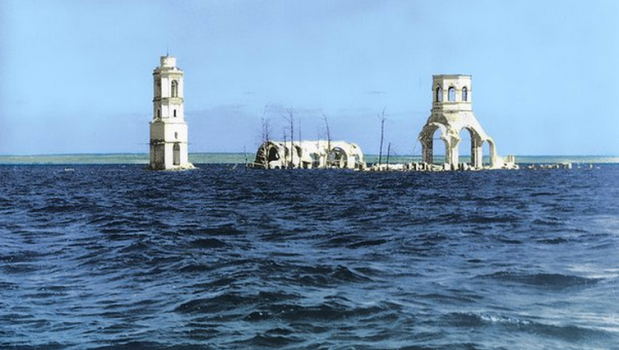
The level of the water in the reservoir keeps receding and, according to the latest news, parts of the drowned city unexpectedely have appeared above the water.
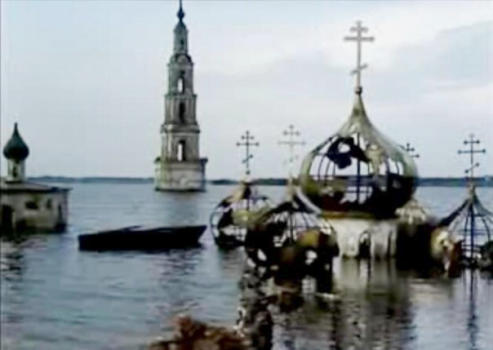
In recent years, Rybinsk Reservoir has been increasingly viewed as an example of Stalinism’s disregard for human life.
Rybinsk Reservoir was created to benefit navigation and hydropower. The waterway is covered with ice half of the year. By now newly built roads on land have taken on its function. Today the power plant only provides electricity to serve the nearby city of Rybinsk and its region.
As a result of the construction of the dam, the groundwater level rose in the area, creating swamps, increasing the number of mosquitoes, and resulted in warmer winters and cooler summers.
As a part of the extensive chain of reservoirs, locks and dams, Rybinsk Reservoir has had a major impact on the habitat of fish and other water life. At one time, the Volga served as the migration and spawning route for almost 90% of the world’s sturgeon. Today sturgeons have all but disappeared from the rivers feeding Rybinsk Reservoir.
A discussion is now taking place about the possible destruction of the reservoir.


I saw this lake last year when we made Volga cruise. It is impressive but touchy. The small lights on the water at night was very exciting.